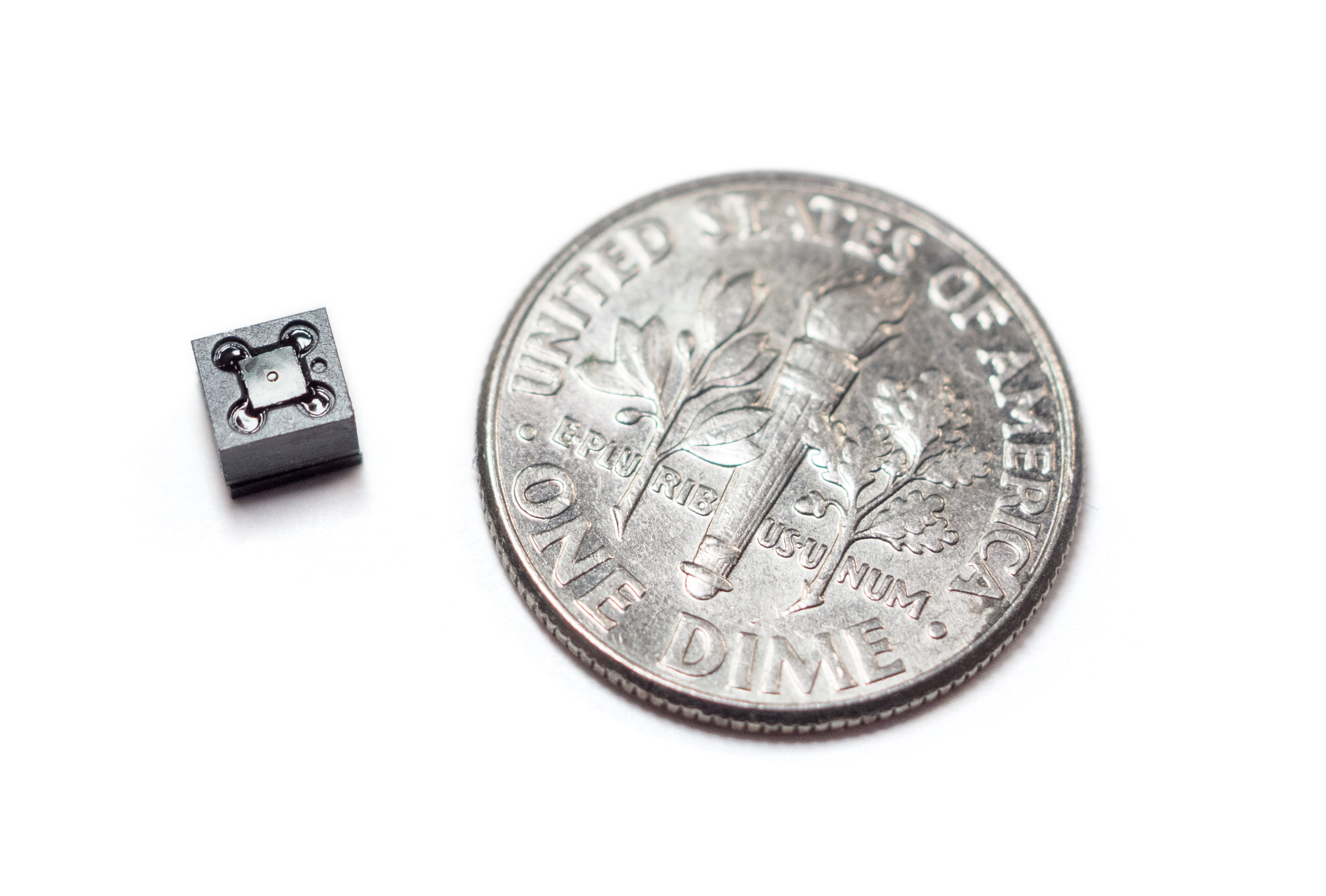Qualcomm Wants Your Smartphone to Have Energy-Efficient Eyes

Mobile chip maker Qualcomm wants your gadgets to look out for you.
The company is working on a technology that packages together a lens, an image sensor, and a low-power processor that runs computer-vision algorithms. The module, which Qualcomm calls Glance, would be cheaper than a camera and use far less energy, but it could detect humans, determine if they are taking certain actions (such as jumping or walking toward or away from the sensor), and even identify certain hand or arm gestures.
Every computing company is trying to add some form of computer vision to its products, whether for self-driving cars or automated shipping facilities. Though Glance is still taking shape in Qualcomm’s R&D division, it gives the company an opportunity to leverage its expertise in low-power computing and jump into this fast-growing market. Mobile-device companies and sensor manufacturers are already evaluating the technology for its ability to add new capabilities to devices from smartphones to home appliances.
On a smartphone, Glance hardware could make new security features practical, says Jeff Henckels, Qualcomm’s director of product management and business development. He says that manufacturers are interested in using iris scans to identify people and unlock phones—but a device’s camera can’t be constantly active without draining the battery. A Glance sensor consumes about two milliwatts of power, as opposed to hundreds of milliwatts for the camera module in a smartphone.
Henckels says the power-sipping Glance sensor can be constantly looking out at the world. Its resolution of 320 by 240 pixels isn’t high enough to handle tasks like facial recognition or to map the image of an individual’s iris, but it can recognize when a person is facing a phone’s screen and then activate the device’s front-facing camera to scan his or her iris, shaving precious seconds or a few taps off the interaction.
In your home, Glance could help appliances and toys know what’s going on around them. A doll could detect when a child’s face turns toward it, for example.
Henckels says engineering samples of Glance hardware and a software development kit are in the hands of several device makers, and that smartphone vendors are testing the iris-scan capabilities. He declined to say when products featuring the technology would appear, or when Qualcomm would turn it into a commercial product.
There’s reason to think it should do so soon. In the past year, Intel has bought two companies, Movidius and Mobileye, that develop image-processing hardware aimed at small gadgets and larger machines like cars. In 2016, the chip-licensing firm ARM purchased a company called Apical to help it offer low-power computer vision for small devices. Other startups, such as Israel’s Emza, are pursuing the goal of low-power computer-vision modules as well. Emza offers a module that consumes less than five milliwatts of power.
Kurt Wedig, the CEO of OneEvent, a company that uses a wide variety of sensors to detect anomalies in residential and commercial homes, thinks that a new source of data could be very useful—but that some consumers may consider the idea intrusive.
Glance isn’t quite a camera, but it can gather more detailed information than a simple motion sensor, long used for home security and increasingly for things like elder care. “Motion sensors are really noninvasive for scenarios like aging in place,” says Wedig. “You get a lot of data points, and people are more comfortable without the cameras because of privacy concerns.”
Qualcomm stresses that Glance doesn’t store or send images. The only data the sensor passes on to the rest of a gadget is what it saw—for example, the fact that it detected a person. Qualcomm and other companies are betting that new features made possible by computer vision will ultimately offset any privacy concerns.
Keep Reading
Most Popular
Large language models can do jaw-dropping things. But nobody knows exactly why.
And that's a problem. Figuring it out is one of the biggest scientific puzzles of our time and a crucial step towards controlling more powerful future models.
How scientists traced a mysterious covid case back to six toilets
When wastewater surveillance turns into a hunt for a single infected individual, the ethics get tricky.
The problem with plug-in hybrids? Their drivers.
Plug-in hybrids are often sold as a transition to EVs, but new data from Europe shows we’re still underestimating the emissions they produce.
Stay connected
Get the latest updates from
MIT Technology Review
Discover special offers, top stories, upcoming events, and more.